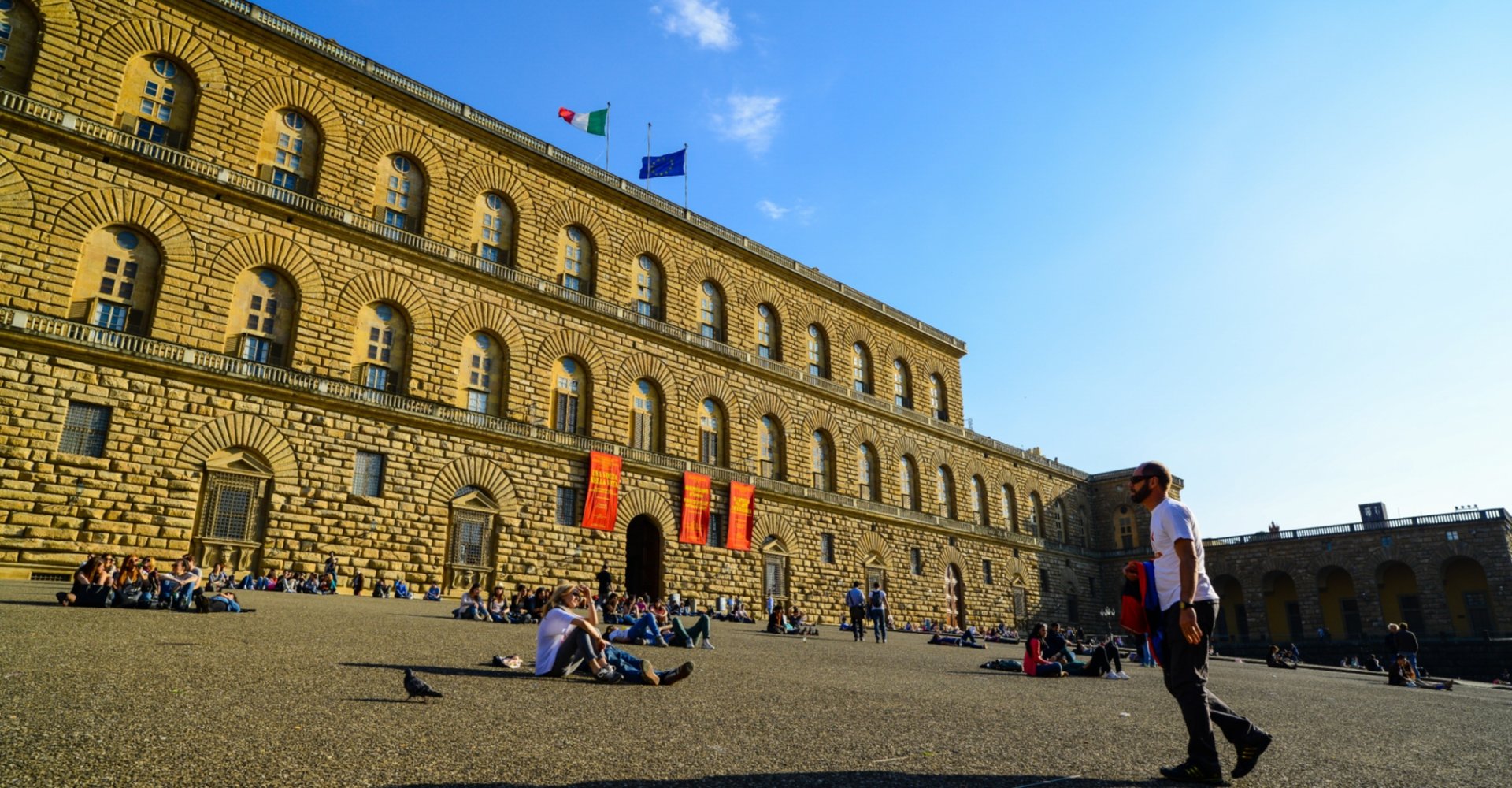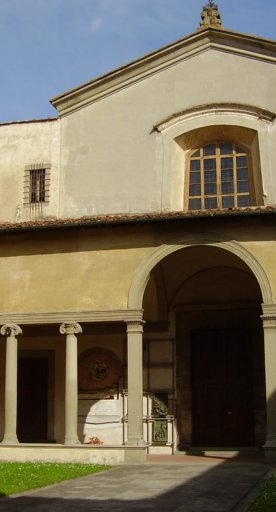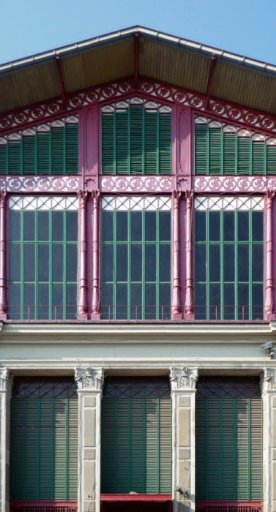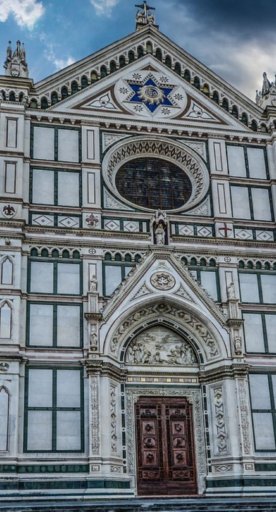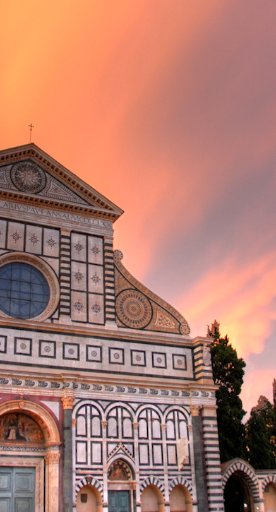Palazzo Pitti
A splendid and imposing palace, now an important museum center
Palazzo Pitti, in the heart of the Oltrarno in Florence, was the palace of the rulers of Florence and Tuscany: this is where the Medici and Lorraine families lived, as well as the Savoy family after Italian Unification, when Florence was the capital.
The Palace
The splendid palace was built on the request of the banker Luca Pitti in 1440: Giorgio Vasari attributed the project to Brunelleschi but this has not been historically proven, even though he would have been a collaborator of the celebrated architect Luca Fancelli in designing the Renaissance building, with its large piazza in front, which at the time was the largest private residence in the city.
In 1550 Eleonora di Toledo, wife of Cosimo I dei Medici, bought the palace, which was then modified: Ammannati made the inner courtyard and the Boboli Garden, while Vasari, in 1565, added the famous Vasari Corridor, the elevated passageway connecting Palazzo Pitti with Palazzo Vecchio, on the other side of the Arno, passing over Ponte Vecchio.
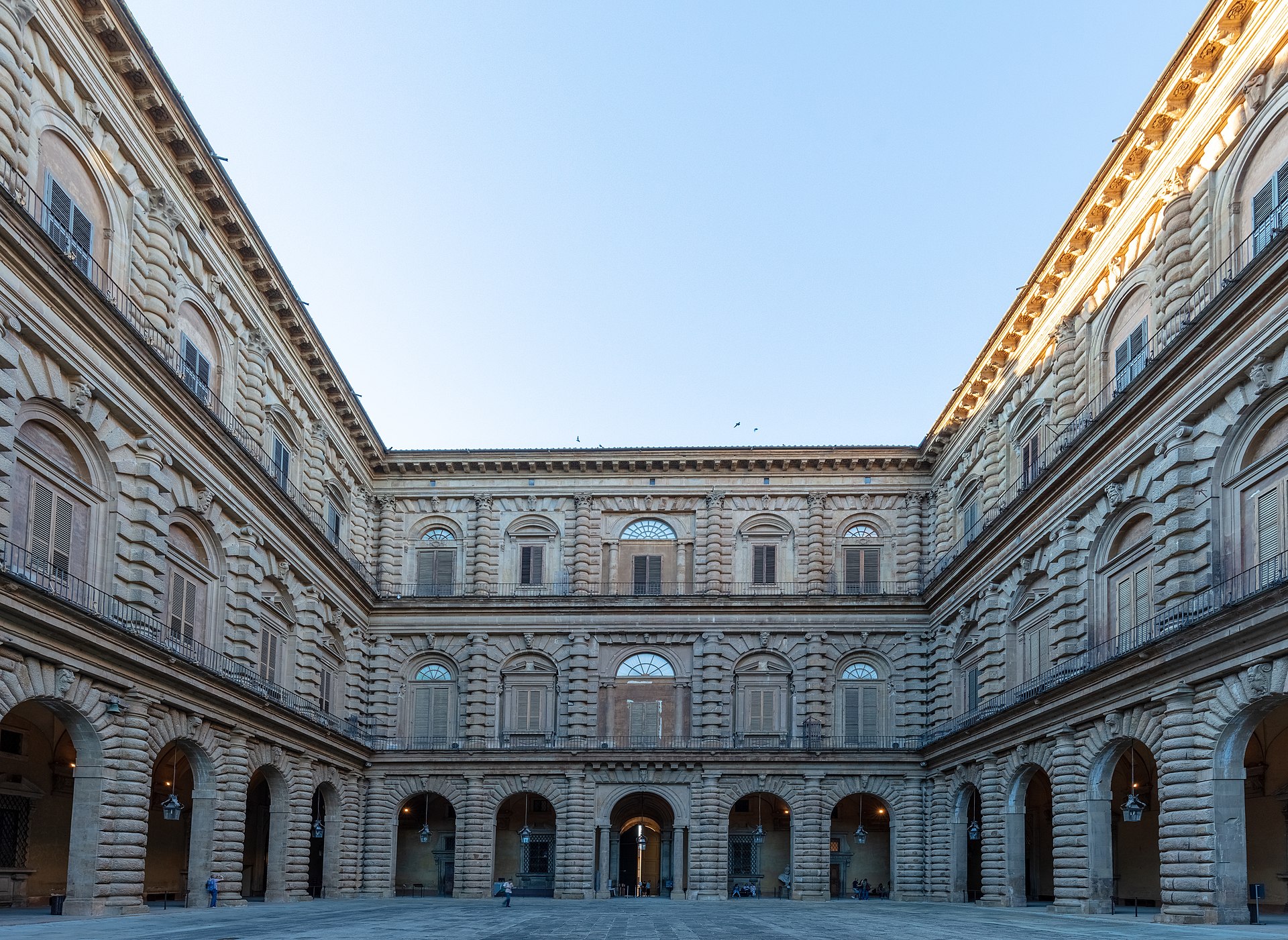
The museums of Palazzo Pitti
Today Palazzo Pitti is one of the most important museum complexes in Florence.
On the ground floor and mezzanine level, in beautifully frescoed rooms, visit the Treasury of the Grand Dukes (formerly called the Silver Museum) to admire precious objects such as gems, ivories, crystals and jewelry from the collections of the different dynasties that succeeded each other in Tuscany.
Also on the ground floor, the Museum of Russian Icons, the largest collection of religious art outside Russia and the oldest in Italy, opened in January 2022: 78 ancient icons collected first by the Medici and then by the Lorraine. The collection is displayed in rooms once part of the summer apartment decorated for the future Grand Duke Cosimo III and his bride Marguerite Louise d'Orleans; in 1766 the large central hall was converted into the Palatine Chapel.
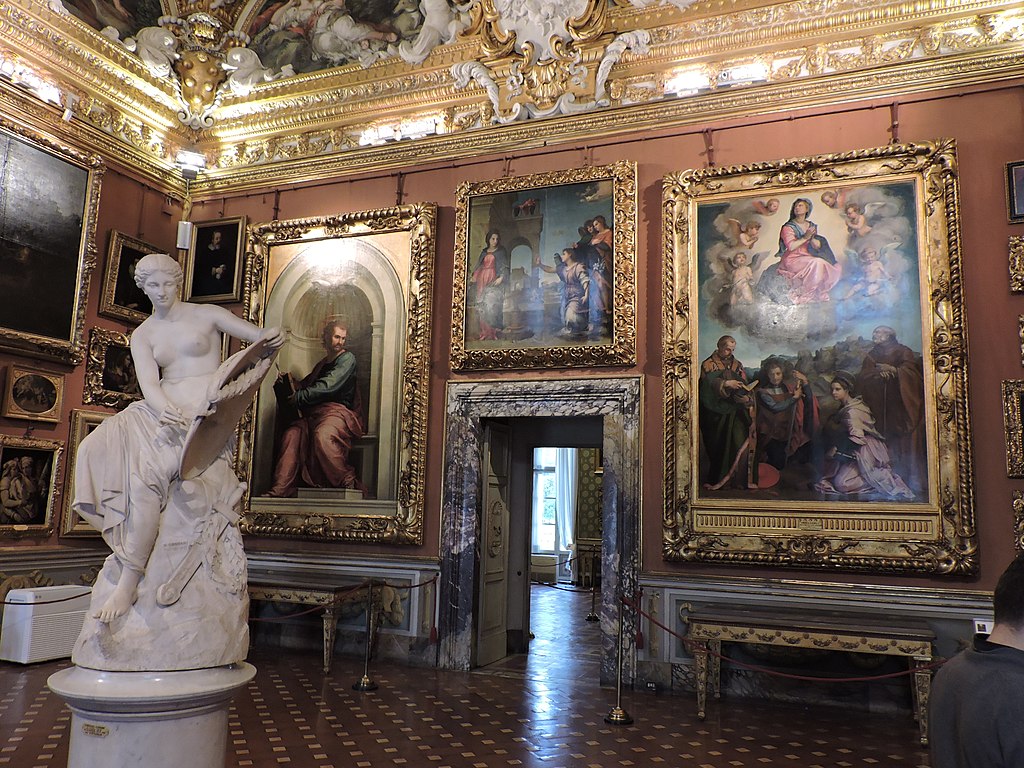
Through Ammannati's grand staircase is access to the Palatine Gallery, the rich picture gallery that holds a remarkable collection of Renaissance paintings, including a significant core of works by Tiziano and Raffaello. Attached to the Galleria Palatina are the Imperial and Royal Apartments (temporarily closed), fourteen state rooms with period furnishings.
On the second floor, in the rooms once inhabited by the Lorraine family, the Gallery of Modern Art houses works of art, paintings and sculptures, from the late 18th century to the early decades of the 20th century.
In the Palazzina della Meridiana, visitors are taken on a real journey through the history of fashion, thanks to the more than 6,000 pieces - dresses, accessories, theatrical costumes - housed in the Museum of Costume and Fashion.
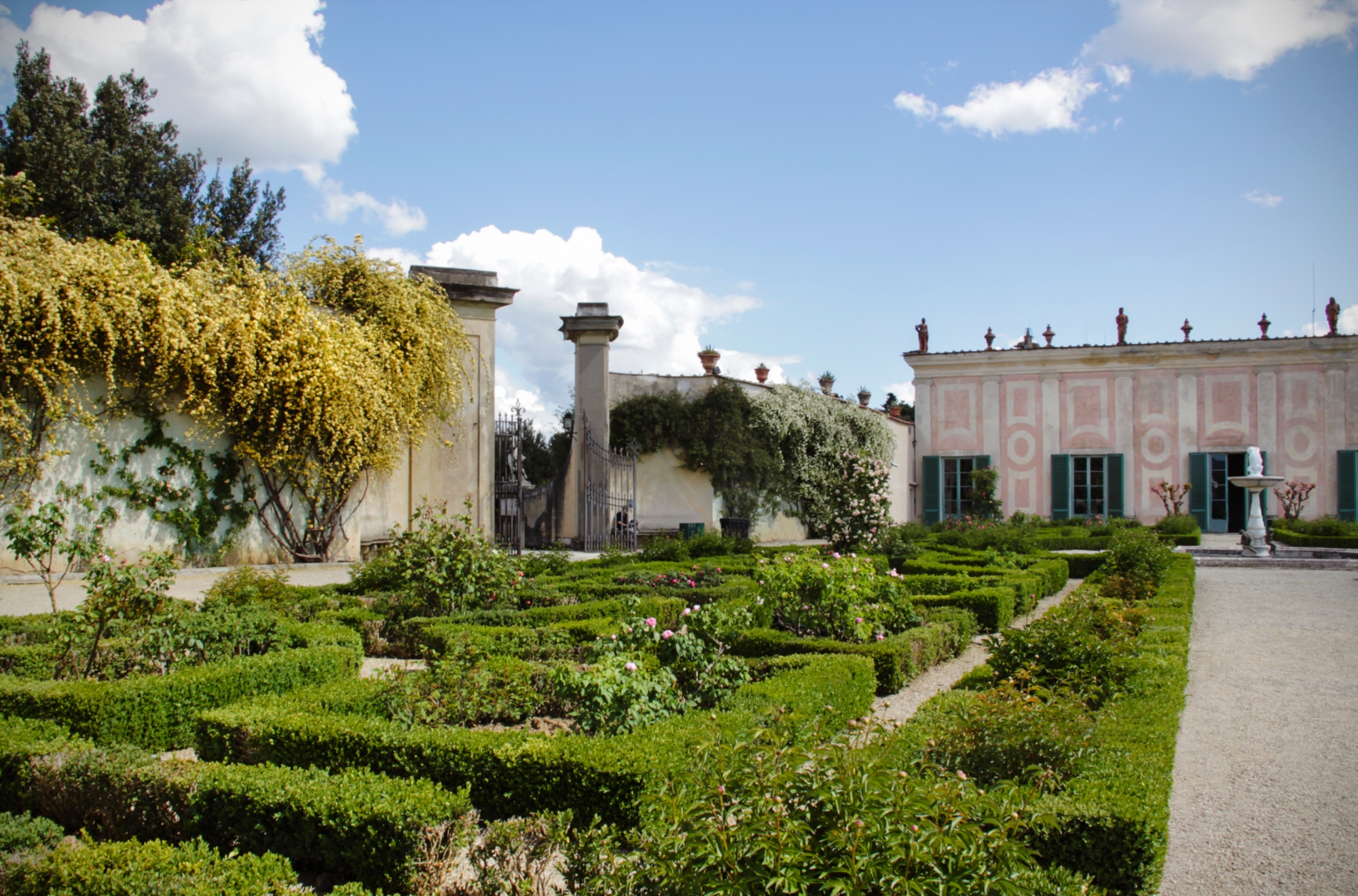
Boboli Gardens
A visit to Palazzo Pitti cannot fail to include the splendid Boboli Gardens, a jewel of nature and art, commissioned by the Medici family: one of the largest and most elegant Italian gardens in the world, a veritable open-air museum, with sculptures ranging from Roman times to the 17th century.
The Casino del Cavaliere, the Grand Duke's retreat built on the top of the hill overlooking the garden, houses the Porcelain Museum (temporarily closed), a collection of the porcelain tableware used by the ruling houses.
Accessibility information: uffizi.it
